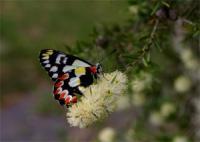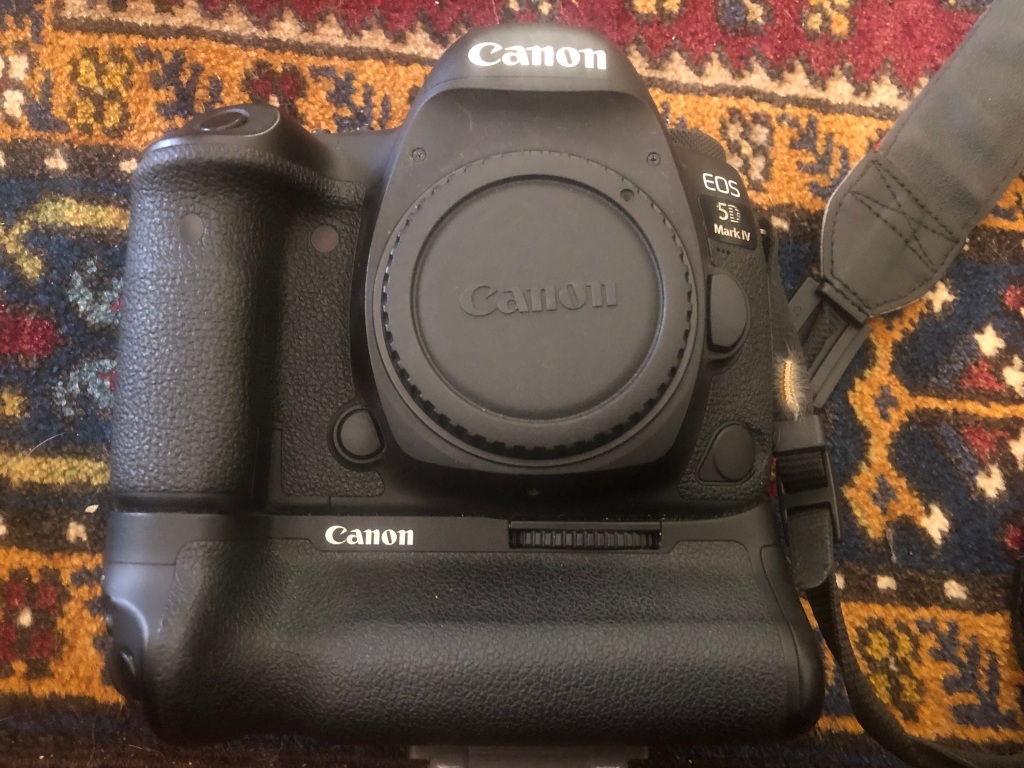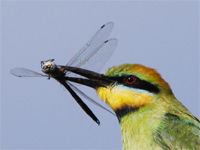by Patrick Kavanagh
We’ve had a Little Pied Cormorant frequenting our dam recently and I thought I’d try to catch a photo of him. Birds were nowhere to be seen but as I sat by the dam I was able to see so much happening around me. There were myriad Blue Skimmer Orthetrum caledonicum dragonfly males, which from my reading on are the only ones of this species with the distinct powdery blue coating. Females are yellow and black, as are teneral males (having just emerged into adult form) but the latter are brighter yellow. The males were spending a lot of time chasing each other around the dam.
Damselflies (which can be discerned from dragonflies because they fold their wings at rest) such as Eastern Billabongflies Austroagrion watsoni and Aurora Bluetails were abundant amongst the water plants at one side of the dam.
Water Treaders (mesovelids) were skimming the surface of the dam and these mostly seemed coupled. Also more sedate in this area was a Scarlet Percher dragonfly and a Fishing Spider Dolomedes instabilis, which like the Water Treaders can skim across the surface of the water using surface tension to stay dry.
In case I sound like I know what I’m talking about, I found Arachne.org and http://photos.rnr.id.au/ very helpful in identifying these species and can highly recommend a visit, as well as a visit to a dam near you.




















